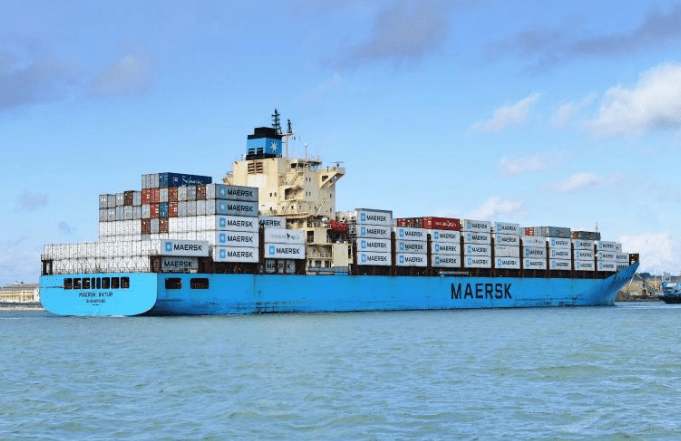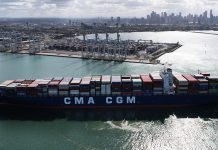
Sea-Intelligence has published its latest Global Liner Performance (GLP) report, whose extensive coverage spans 34 trade lanes and over 60 carriers, featuring schedule reliability data through February 2025.

In February 2025, global schedule reliability improved by 3.6 percentage points month-over-month, reaching 54.9%—the highest level recorded since May 2024. On a year-over-year basis, reliability increased by 1.8 percentage points.
Among the top 13 carriers, Maersk ranked as the most reliable, with a schedule reliability of 60.2%, followed by MSC at 57.4% and Hapag-Lloyd at 57.3%.
The month also marked the debut of two new carrier alliances, Gemini Cooperation and Premier Alliance, while the 2M and THE Alliance are set to be phased out in the coming months. Meanwhile, Ocean Alliance will continue its operations unchanged.
“While MSC is not an alliance, the fact that they are going solo on East/West trades, and the vastness of their operated East/West network, means that they cannot be overlooked in an alliance context,” explains Alan Muprhy, CEO of Sea-Intelligence.
For February 2025, the schedule reliability data for the three alliances was limited to port calls in the origin regions of the East-West trades, as no vessels under these alliances had yet completed their respective trade routes.

In the previous month, Gemini Cooperation, which has set ambitious schedule reliability targets, achieved the highest performance in origin ports at 94%, followed by MSC at 79.6% and Premier Alliance at 60.4%. Ocean Alliance recorded a schedule reliability of 54.1%, while the soon-to-be-phased-out THE Alliance and 2M registered 45.3% and 44.2%, respectively.
Sea-Intelligence’s analysts noted that the new alliances are just in the beginning phase of their network roll-out, and they will only be fully rolled out in July 2025. Therefore, the evaluation of their performances will be possible after around four to five months. “It is nevertheless an interesting data point, to see how they have performed on the initial origin arrivals,” stressed the analysts.





